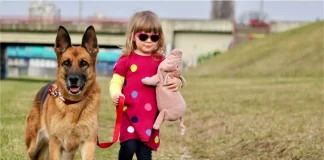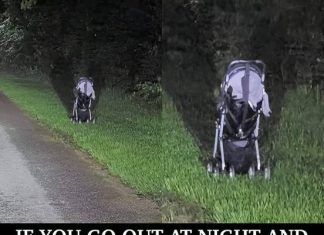In today’s article, we’ll be discussing a topic that concerns many pet owners: how to recognize if your dog is suffering from depression. …
Just like humans, dogs can experience emotional distress, and it’s important to spot the signs early to provide the support they need.
While depression in humans is often easy to identify due to changes in behavior such as loss of appetite or excessive sleeping, pets like dogs can also show similar signs.
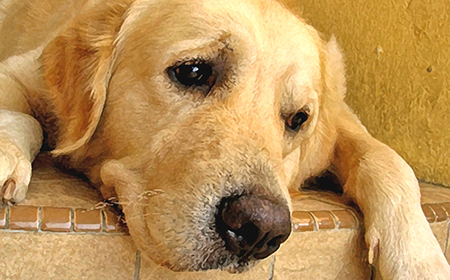
It’s not always easy to tell when our furry companions are feeling down, as they can’t express their emotions with words. However, certain behavioral changes can indicate that your dog might be struggling with depression.
- One of the first signs to watch for is a change in appetite. When a dog is feeling sad or down, they might lose interest in food and start to eat less, which can lead to sudden weight loss. On the other hand, some dogs may comfort themselves by eating more, just like humans who turn to food in stressful times. Therefore, if you notice a sudden and drastic change in your dog’s eating habits, it could be a red flag that they are not feeling their best.
Another key sign is changes in their sleeping patterns. Dogs are naturally fond of sleeping, but if your dog begins to sleep excessively, it could point to depression. For instance, if your dog continues to sleep throughout the day, even when you’re home, or if they seem uninterested when you try to engage with them, it may indicate they are feeling detached or emotionally drained.
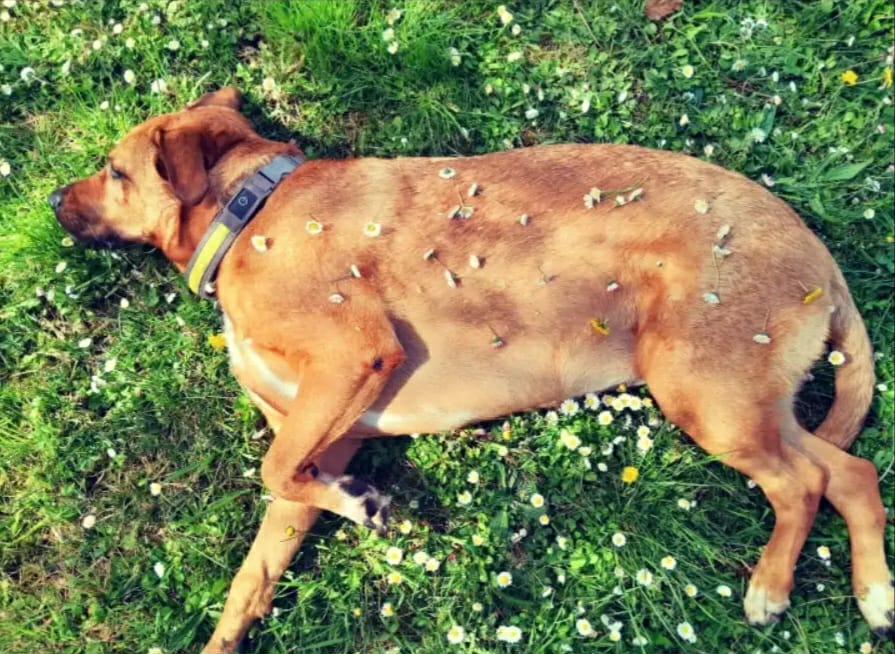
Loss of interest in activities is also common. Normally energetic and playful dogs may suddenly lose their spark and show little enthusiasm when you take them for walks or play with them. If your dog no longer seems excited about their usual activities, such as fetching a ball or interacting with family members, this could be a sign that they are experiencing emotional distress.
- Excessive licking or chewing is another behavior to keep an eye on. Depressed dogs may start to lick or chew their paws compulsively as a way to soothe themselves. This action can sometimes be mistaken for a physical problem, but it can often be linked to emotional issues.
If your dog starts hiding or withdrawing from interaction, it may be another indication of depression. A dog who once enjoyed your company might suddenly seek out isolated spots in the house, preferring to be alone. They may appear distant or unwilling to engage with you, signaling that something is not right with their emotional state.
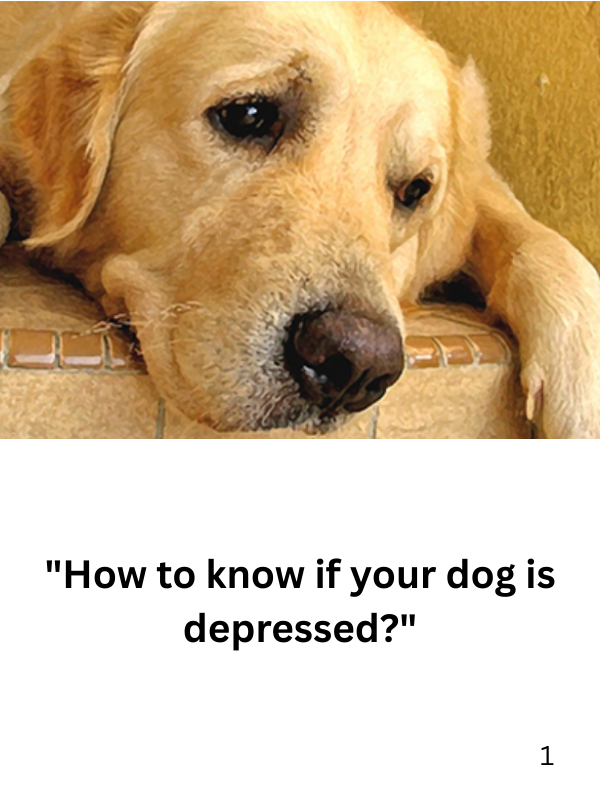
- It’s important to note that while these signs are commonly associated with depression, they can also point to underlying physical health issues. A sudden change in behavior could indicate pain or illness, so it’s essential not to jump to conclusions. If you observe any of these changes in your dog, the best course of action is to take them to a veterinarian for a thorough check-up. A professional can help determine whether your dog’s behavior is due to a medical condition or emotional distress, and they can suggest appropriate treatments to help your pet feel better.
In conclusion, recognizing depression in dogs is not always straightforward, but by paying close attention to their behavior, you can spot the signs early. Whether your dog is losing their appetite, sleeping too much, or showing a lack of interest in activities, it’s crucial to take action and seek professional advice. Just like humans, dogs need support when they’re feeling low, and as pet owners, we are their first line of defense. By understanding these behavioral cues, you can ensure that your dog gets the care and attention they need to recover and feel happy again.









